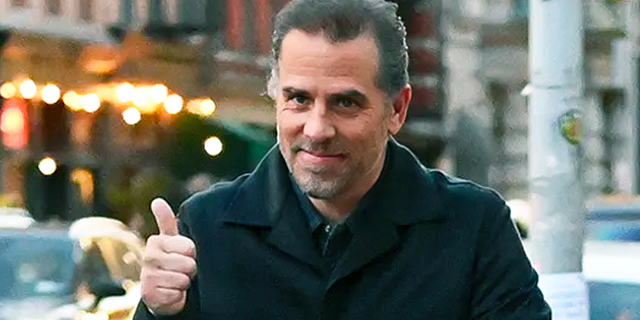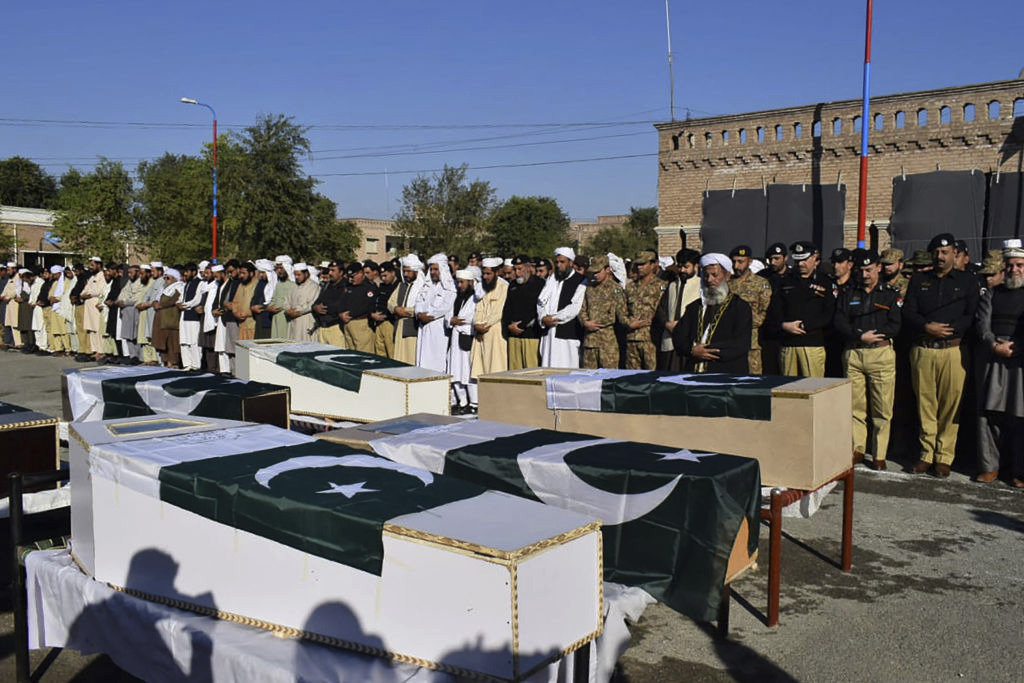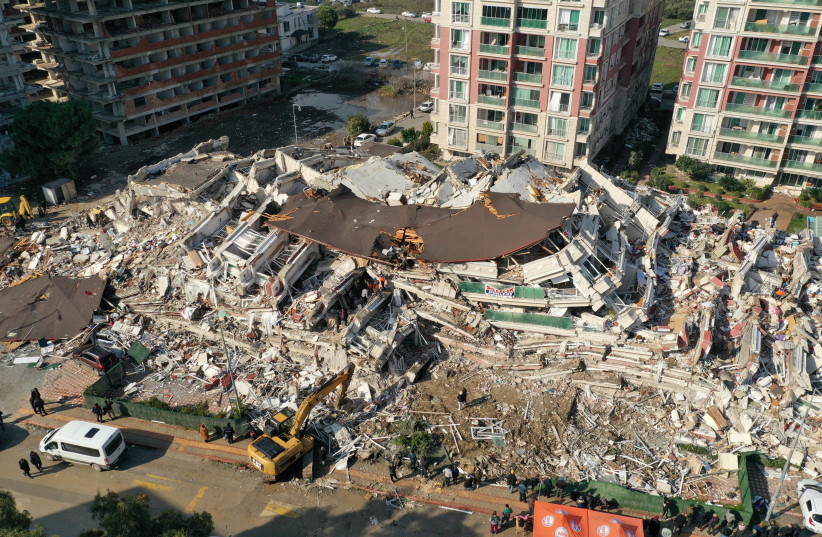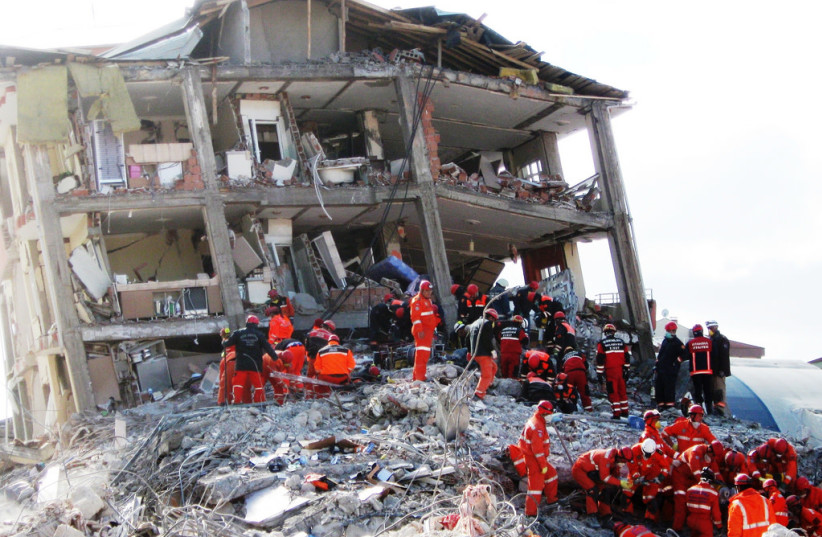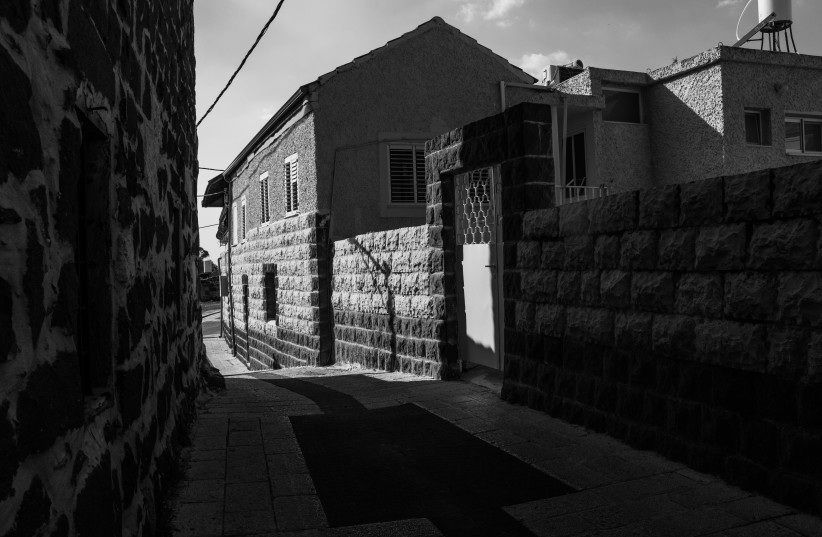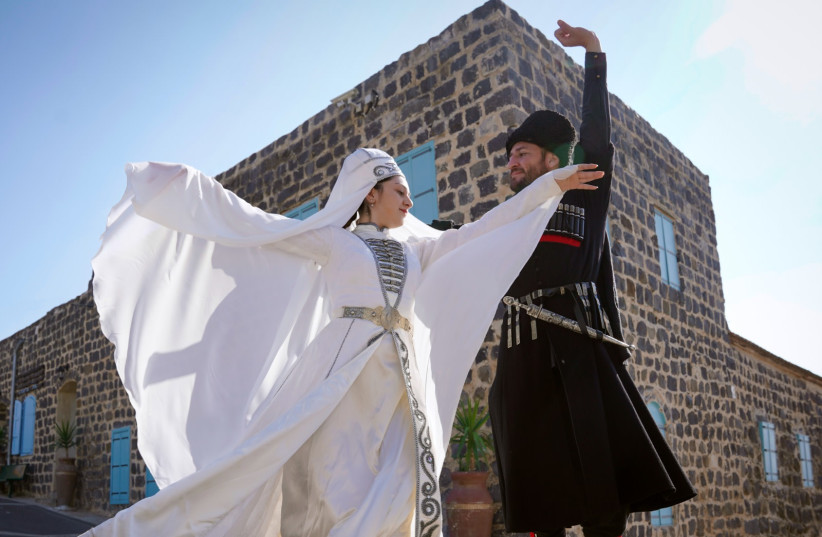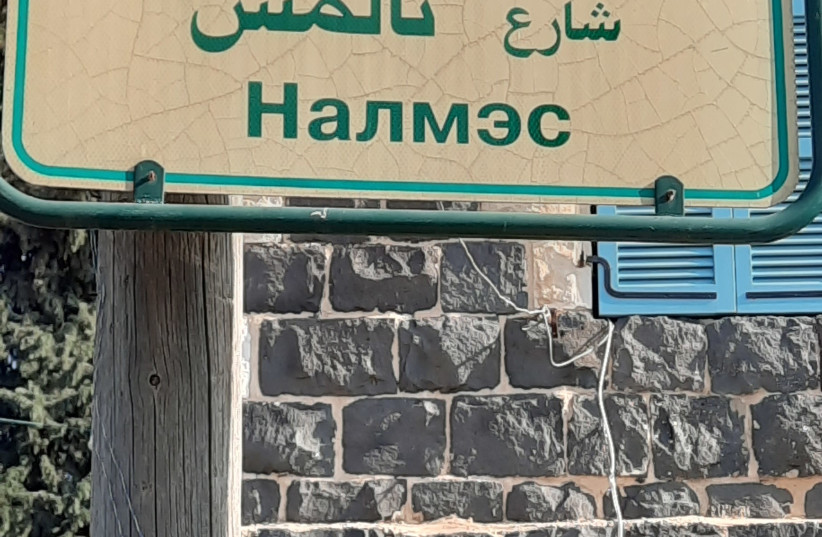by Judith Sudilovsky
A new UN World Tourism Organization title is set to bring tourists to the small Lower Galilee village, but residents want people to know who they really are – and not throw garbage in their streets.
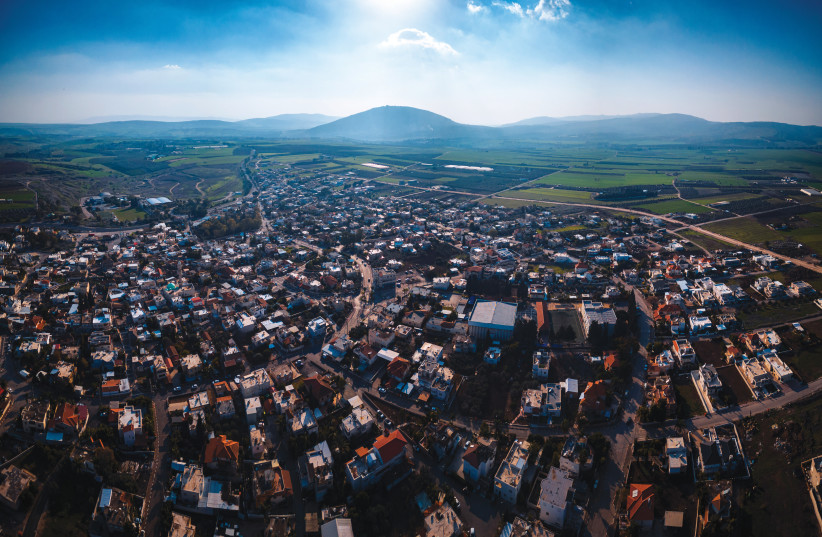 |
KAFR KAMA, located in the Lower Galilee near Kfar Tavor.
(photo credit: LIAM FORBERG)
|
The modest spread of Circassian
cheese – including a delicately smoked cheese – cut vegetables and
fruit that Sara Thakoo, the proprietor of Elbrus Dairy in the Circassian
village of Kafr Kama, has laid out is very enticing. There are also
plates labaneh drenched in olive oil, along with smaller dishes of
za’atar and khun-hajigh, an orange Circassian spice made from coriander
seeds.
“Labaneh is not
a traditional Circassian dish, but when Jewish [Israelis] come, they
always ask for labaneh, so we started making labaneh, too,” says Thakoo,
with an amused smile.
Though Muslim and often lumped together with the Druze, Circassians
are neither ethnically Arab nor even from the historical Levant region –
they are... Circassian and originate from the Black Sea region of the
Caucasus. In many ways, their history is similar to Jewish history, with
expulsion and genocide, and maintaining their culture and traditions
while longing for their homeland.
One of two Circassian villages in Israel, Kafr Kama
is located in the Lower Galilee near Kfar Tavor. It was selected this
year by the UN World Tourism Organization to be included in its 2022
list of tourist villages recommended to visit, making it one of only 32
UNWTO-recognized “tourism villages” in the world. In the prior year, the
first time the designation was given, 44 villages were chosen.
Kafr Kama’s smaller sister village, Rehaniya, is on the Lebanese border near Safed.
ROAD AND a home made of basalt stone in the old part of Kafr Kama.
Accustomed to building with wood, Circassian refugees had to adapt to
the Lower Galilee’s new materials. (credit: LIAM FORBERG)
The
UNWTO award ceremony will take place in Saudi Arabia on February 26 and
will be attended by representatives of the Israeli Tourism Ministry and
Kafr Kama.
Details
of the actual logistics of a visit by an Israeli delegation to a
country with which Israel has no official diplomatic relations have not
yet been clarified, according to Nira Fisher, the ministry’s director of
international relations, who accompanied Kafr Kama through the
application process.
“Kafr
Kama is not just another village in Israel. It is a village of refugees
who came here one and a half centuries ago by force, after we were
expelled... by the Russian Empire from our homeland in the Caucasus. But
despite the years which have gone by, we have succeeded in maintaining
our language, culture and food. We are the largest authentic
[Circassian] village. That is what makes us different from the others
who were banished; we make a lot of effort to preserve our traditions.”
Zakaria Napso
Village of refugees
“Kafr
Kama is not just another village in Israel,” asserted Zakaria Napso,
Kafr Kama local council head. “It is a village of refugees who came here
one and a half centuries ago by force, after we were expelled... by the
Russian Empire from our homeland in the Caucasus. But despite the years
which have gone by, we have succeeded in maintaining our language,
culture and food. We are the largest authentic [Circassian] village.
That is what makes us different from the others who were banished; we
make a lot of effort to preserve our traditions.”
That
they are so often grouped together with the Druze in budgetary matters
is largely due to the government designation given to them as a minority
group that serves in the army, he explained. But they work hard at
making the differences between them known, he said.
Both Circassian villages in Israel were founded some 150 years ago – four years before Rosh Pina,
the first Jewish agricultural settlement in the Galilee – by survivors
of the Circassian genocide and expulsion of Circassians from their
native land in the Caucasus at the end of the 101-year Russo-Circassian
War.
Jewish newcomers
to the Yishuv and the Circassian refugees found common ground in their
history of Russian persecution and knowledge of the Russian language,
and collaborated in terms of agriculture and security.
Located
in an area of strategic importance to various empires, the Caucasus and
its peoples were caught in the cross fire of diverse political
interests, after the Russian Empire sought to impose its influence on
the region between the Black and Caspian seas (some things don’t seem to
change) and rid it of its mostly Muslim ethnic tribes, including the
Chechens and Circassians.
The
Tsarist Russian Empire and the waning Ottoman Empire battled it out for
control over the area from 1763 to 1864, resulting in the deaths of
some two million Circassians, with 90% of the remaining population
exiled.
The last of
the Circassian army was defeated in a bloody massacre of soldiers and
civilians on May 21, 1864, in Sochi, considered by many Circassians as
their traditional capital city. Known by Circassians as The Red Hill, it
is where, in 2014, the skiing and snowboarding events took place during
the Sochi Olympic Winter Games. Circassians maintain the Olympic
Village was built over the mass graves of their murdered ancestors.
“For
us it is very hard to speak of Sochi,” said Aibek Napso, director of
the Kafr Kama Circassian Heritage Center, who describes himself as a
third-generation Israeli. Napso is a common Circassian last name, and
Aibek and Zakaria are not related. “For Circassians, to say ‘Sochi’ is
like saying ‘Auschwitz.’ It is a massive graveyard under all the Olympic
[construction]. From my [Shapsug] tribe there are more than 230,000
bodies buried in Sochi.... We are asking every country to recognize the
Circassian Genocide and the need for a state of our own.”
For
Circassians, to say ‘Sochi’ is like saying ‘Auschwitz.’ It is a massive
graveyard under all the Olympic [construction]. From my [Shapsug] tribe
there are more than 230,000 bodies buried in Sochi.... We are asking
every country to recognize the Circassian Genocide and the need for a
state of our own.”
Aibek Napso
He
quickly added: “We are not asking for a land in Israel – there is
enough conflict here – but in the Caucasus, in a place called
Circassia.”
While
George recognizes the Circassian genocide, Russia does not. (The Russian
Embassy in Israel did not respond to the Magazine’s email request for
comment by press time. If one is received, it will be published here.)
Regardless,
Napso emphasized: “If I was born 10 times, I would choose again and
again to be born in Kafr Kama. It is like a piece of heaven.”
Arriving in the Promised Land
The survivors of the 1864 genocide turned for refuge to the Ottoman Empire, which saw them as a pool of experienced fighters.
The
“sick man of Europe” – as the Ottoman Empire had been dubbed by Tsar
Nicholas I – sent them across the sea on harrowing journeys which many
did not survive, mainly to the Middle East to defend areas under Ottoman
control against nomadic Bedouin tribes, in what are today the states of
Jordan, Syria and Israel.
There
are also exiled Circassian communities in Europe, the United States and
Turkey, where the bulk of the community lives, but only a small
Circassian community remains in the historical lands of Circassia, which
are today controlled by Russia.
But
in the quiet and inordinately clean hamlet of Kafr Kama, with its some
3,300 residents, the memory of their homeland can be seen everywhere,
from the names of streets – named after cultural Circassian traditions,
regions and the 12 Circassian tribes, which are written on the street
signs in Hebrew, Arabic and Circassian – to businesses bearing
traditional Circassian names. Mount Elbrus, for which the Thakoo’s dairy
is named after, is the highest peak of the Caucasus Mountain in the
western part of the Caucasus along what is today the Russian-Georgian
border.
“Israel is the only place where you have Circassian names for the streets,” said Aibek Napso.
BEAUTIFUL TRADITIONAL Circassian dances have retained their importance
for most of the community at weddings and social events as an
opportunity for young people to meet. (credit: RICKY RACHMAN)
Retaining ancestral memory
The
connection to the community’s ancestral homeland, which has been
divided by Russia into the individual southern republics of Adygea,
Karachay-Cherkessia and Kabardino-Balkaria, also remains in the form of
traditional food, dance and language it has resolutely preserved.
Through
its educational system, which it has managed separately from the Arab
sector since 1976, the community has ensured that its culture is passed
down to the younger generations.
Along
with Circassian history and traditions, schoolchildren are taught the
Circassian Adyghe language, as well as Hebrew, Arabic and English.
Because of its complexity, the language is preserved mainly in its
spoken form.
There are
two elementary schools in the village, where boys and girls study
together, and several kindergartens. Circassian youngsters attend the
local council high school together with Jewish students.
“Ninety
percent of the Circassian population in 50 different countries no
longer speak the language,” noted Aibek Napso. “I believe by the end of
the century there will be no Circassians living on this planet.”
Since
there are less than 5,000 Circassians in Israel, he is used to having
to explain to Israelis who his people are and where they come from.
“After all the time we have lived here, we still have to explain who we are,” he said.
Sometimes
there are minor verbal arguments with fellow Muslims because on the one
hand, Circassians are Muslims. But on the other, they are not Arabs, he
said. But in general, Circassians have good relations with everybody.
Indeed, Circassians
also maintain a connection to their distant pagan past by celebrating
their New Year on March 22, the day after the spring equinox.
Many Israeli soccer fans know about the Circassian community through Bibars Natcho, who plays midfielder for the Serbian Partizan club and serves as the captain of the Israeli national team.
In
every country where they reside, Circassian communities have
assimilated into the majority society, and in modern days, though the
young men of the Circassian community serve in the IDF, the community
prefers to remain neutral on the Israeli-Palestinian conflict.
When asked about the current hard-right government, which has aroused much opposition in Israeli politics, Zakaria Napso answered diplomatically.
“We
hope they will all put aside their ‘euphoria,’ both the Right and the
Left, and return to really speaking to each other one-to-one to resolve
the problems we have,” he said. “There is a country to be managed.”
Easy does it
Aibek
Napso hopes that the UN designation will bring more attention to his
community’s singular cultural and historical heritage, he said. At the
same time, however, he said he intends to help carry out a careful and
measured process of bringing tourists to his village in a way that will
be sustainable and manageable so as not to disturb its unique way of
life.
As the village
is already a site of interest for a certain segment of Israelis – such
as local school groups and retirees – the residents want to take care
that it does not turn into a Daliat al-Carmel of souvenir shops and
grilled meat restaurants. Parking outside the village will need to be
organized, enough public toilets provided, and rules of garbage disposal
strictly enforced, said Aibek Napso.
“Last
week, in addition to our residents, there were 1,000 tourists driving
their cars in Kafr Kama,” he said. The quiet streets of the village,
where some people use golf carts to get around, are not fit for that
amount of congestion, and solutions will need to be found, he said.
“It
is a lot, a lot. We have some concerns; not all tourists can be
educated, and if there are 1,000 people, it is enough for 500 to throw
their cigarette butts or water bottles in the street instead of in the
recycling bin to [pollute the village]. We want to do it step by step
and educate them. We are also learning. This is something new for us.”
In
the Heritage Center he manages, visitors will be able to arrange visits
to see a short video presentation recounting the Circassian history and
see the center’s small but interesting exhibition of items from
Circassian daily life.
People
will be able to stroll along the narrow streets of the old city, to see
the older homes built from basalt stones and can take note of the small
details from times gone by, such as a tiny metal man-shaped window
latch of the older houses, which was sometimes used by a young lady
being courted to let her suitor know, by the inclination of the latch,
whether it was safe for him to visit, whether her parents were home or
not.
The uniquely
shaped village mosque embodies the three different stages the community
experienced: the square bottom represents the shape of traditional
Circassian homes; the middle octagon section symbolizes the transfer
Circassians suffered; and the minaret denotes the Ottoman Empire,
explained Aibek Napso.
“Rural
tourism has the power to take people to other cultures and bring
economic [growth] to small places,” said Fisher. “We will want to start
communication [with other villages] so we can learn how to do tourism
correctly and find solutions to problems.”
Currently,
there are four bed-and-breakfasts in the village, she said, and more
accommodations in the surrounding area, including in Kfar Tavor and
hotels in Tiberias, which is a 20-minute drive away.
“We
don’t want the impact of this designation to stay only in this area,
but in circles around it. We want to keep the uniqueness of the village.
We don’t want tourists walking 24 hours a day in the neighborhoods,”
she said.
Ties with the international Circassian diaspora
Young
Circassians in Israel attend annual summer camps, and there are
international interchanges with other Circassian communities abroad so
cultural and national ties can be maintained – and also to help young
Circassians meet one another, to encourage marriage within the
community, while being exposed to the “brotherhood of the Circassians,”
said Aibek Napso.
The
community discourages intermarriage in order to maintain its cultural
identity, but there about 20 mixed-marriage couples in the village,
including to Russians, Ukrainians and Israeli Jews. There are few mixed
marriages with Muslim Arabs because of the difference in culture, he
noted.
Most young people from the village return to Kafr Kama after their studies and travel, added Aibek Napso.
“We have our unique goal, and everyone lives with the same goal: to be a Circassian,” he said.
Sixty-eight
percent of the young Circassian women continue to higher academic
education in diverse disciplines such as hi-tech, nursing, accounting,
law and business management, while only 38% of the young men do so
following their army service.
“The army service has its effect,” said Zakaria Napso, noting the men usually work in local industries and businesses.
The
birth rate is low among the Circassian community in Israel, with an
average of 1.6 children per couple, and that is worrisome, said Zakaria
Napso, who has four children, all with professional degrees.
“It
is a problem now because young couples are busy with their lives and
careers, and that affects the number of children they have,” he said.
“For our community to survive, the average needs to be two children.”
THAKOO FOLLOWS her mother-in-law’s recipe to prepare traditional
Circassian cheeses. Retaining the memory of their homeland between the
Black and Caspian Seas now controlled by Russia, the dairy is named
after Mount Elbrus, the highest peak of the Caucasus Mountain. (credit:
RICKY RACHMAN)
Being a bridge
He
said that in the past 10 years the local council has tried to make up
for the gaps in infrastructure and planning which existed between Kafr
Kama and its neighbors, partly because of government neglect and partly
because of poor local management and lack of knowledge of how the
planning system works at the village level. Now, he said there is a
master plan for the village.
“We have invested a lot in [closing the gaps],” he said. “Now we have all the permits for the master plan.”
Living in the Lower Galilee, they have good relations with all their neighbors and cooperate with the local councils, he said.
“There
is no racism in our area,” he added. “We cooperate with the Arabs and
the Jews. We have succeeded in making ourselves a bridge between the
two.”
In
addition to the Circassian cheeses of the Elbrus Dairy, traditional
Circassian food attracts visitors to Kafr Kama. Entrepreneur Suzi
Ashmooz opened a home catering business, Suzie’s Kitchen, where visitors
can dine, by reservation, on traditional Circassian fare such as
mataza, cheese-filled pastries; haluz, fried bread; hajaghaes-pasta, a
polenta-like dish along with is sautéed vegetable topping of
hajaghaes-nataef; and round date-filled cookies called halgujhan. Just
don’t expect to find hummus on the table.
ISRAEL IS the only place where you see Circassian names for streets –
named after cultural traditions, regions and the 12 Circassian tribes;
written on street signs in Hebrew, Arabic and Circassian. (credit:
JUDITH SUDILOVSKY)
Romantic and daring traditional dance
Marriages
to Circassians from abroad have also brought new initiatives to the
village. A German Circassian woman who married a local Kafr Kama man
opened a German waffle shop.
Rustam
Apsha, a Russian Circassian who married a local woman, became a soccer
coach and teaches dance in the traditional Circassian dance troupe,
which provides a most colorful spectacle.
Traditionally,
dance has given young people the opportunity to connect with each
other, with the young woman using her delicate movements to give subtle
hints to her would-be suitors, whether overtures for courtship are
welcome or not.
“I
know there are Circassians in Syria and Turkey, but I wanted to see what
it is like here. It is better than Turkey; here, there is democracy,”
said Apsha, 40, the father of two children. “I just want to live. It is
more comfortable here. There [in Russia], it is not so free. Here, we
can commemorate May 21, the day of our genocide. Every year, we go from
our village to the Knesset.”
Like
with other communities, many of the unique traditions are fading, as
youngsters get sucked into the pop culture of mobile phones and social
media apps, but the food and the beautiful traditional dances have
retained their importance for most of the Circassian community at
weddings and social events.
The
traditional dance troupe led by Apsha is a popular ensemble in the
village. With the men wearing fur hats, long belted jackets studded with
[fake] bullets and daggers, and the women wearing long, flowing,
intricately embroidered dresses and tall characteristic headdresses, the
performances are both romantic and daring. With their delicate
movements, the women seem to be floating above the ground, while the men
jump and twirl fiercely in steps emanating from their warrior past.
“It
is very important for us, as a community, to maintain our culture,”
said Nafna Napso, 19, a dancer in the Kafr Kama dance troupe. “Not every
Circassian in other parts of the world speak Circassian, but everywhere
where we are, what we have in common are our traditional dances.”
She
noted that in her daily life she normally speaks to her friends in
Hebrew, but when she sends texts, she uses Hebrew letters to write in
Circassian.
“We feel
very welcome here, though we are not Middle Eastern and live very
different lives here [in Kafr Kama],” she said. “This is our home, and
Circassia is our homeland.”
Judith Sudilovsky
Source: https://www.jpost.com/israel-news/article-731089
Follow Middle East and Terrorism on Twitter
